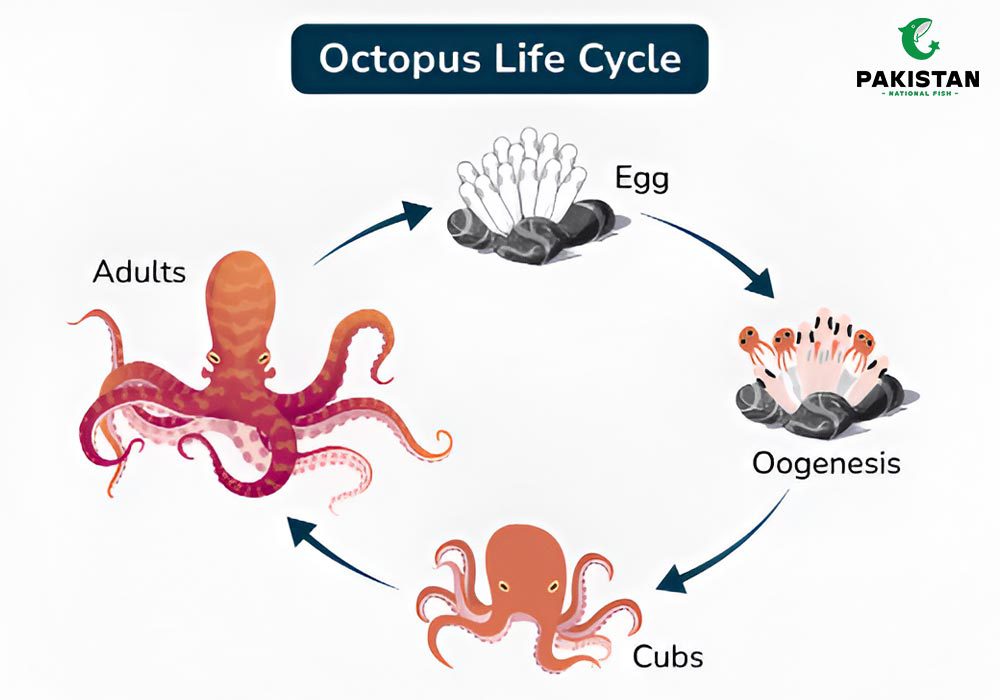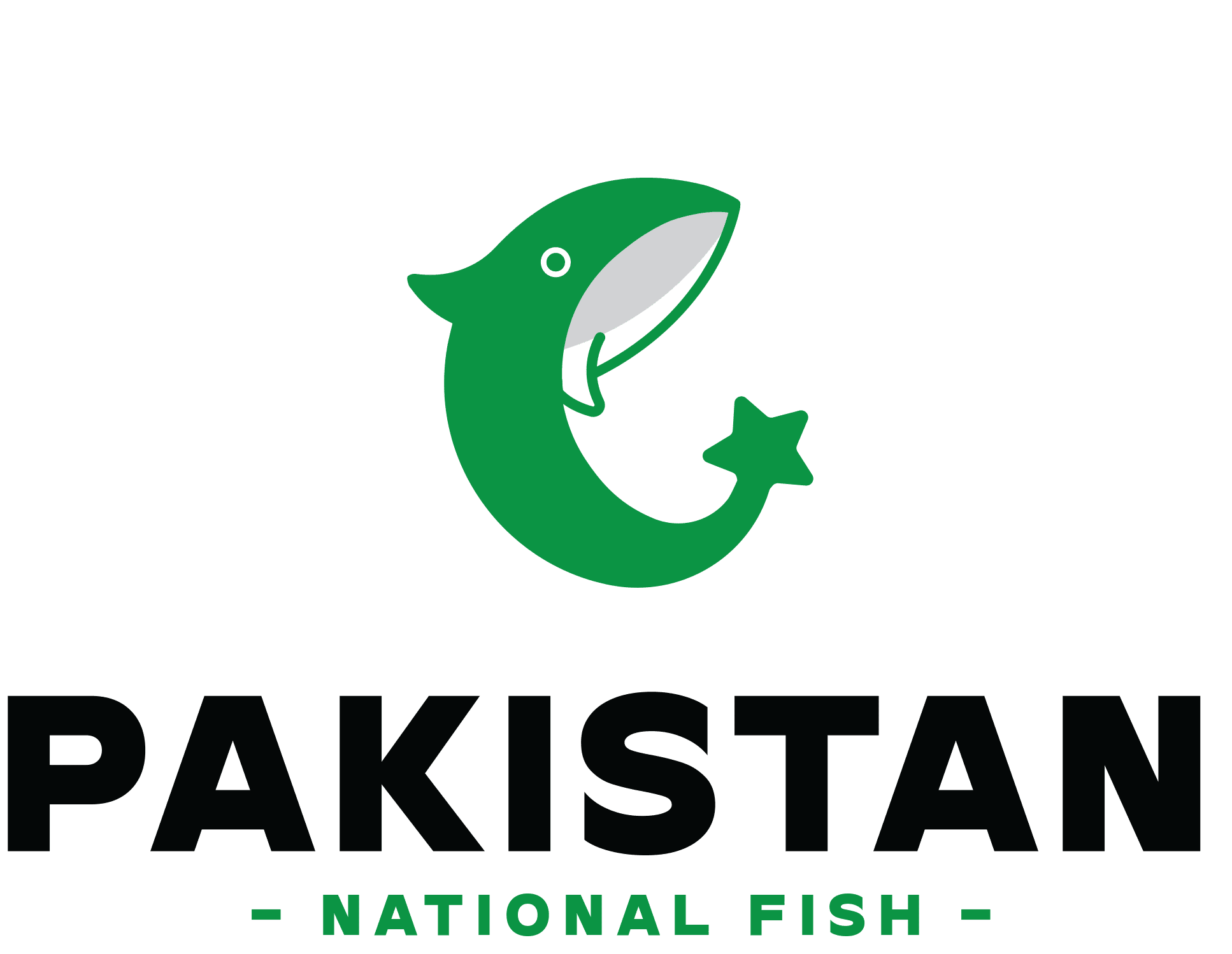Hey there, ocean enthusiasts! If you’ve ever gazed into an aquarium and spotted a Kuhli Loach Fish slithering gracefully or marveled at the shape-shifting antics of an octopus, you’re probably hooked on the wonders of marine life. Today, we’re diving deep into the world of octopuses—those brainy, boneless marvels of the sea—and tackling a juicy side topic: the differences between octopuses and squids. Whether you’re dreaming of keeping an octopus as a pet or just curious about their quirky behaviors, this blog has you covered with all the details, from their scientific names to their culinary uses.
Let’s unravel the mysteries of these cephalopods in a way that’s fun, human, and easy to follow!
Table of Contents
What Makes an Octopus So Fascinating?
Octopuses are like the magicians of the ocean. With their ability to change color, squeeze through tiny gaps, and solve puzzles, they’re basically the Houdinis of the deep. These creatures belong to the cephalopod family, and the common octopus (Octopus vulgaris) is one of the most studied and charismatic of the bunch. They’re not just cool to watch—they’ve got brains that rival some vertebrates, making them a favorite for researchers and aquarium lovers alike.
- Mind-Blowing Intelligence: Octopuses can open jars, mimic their surroundings, and even escape from tanks.
- Color-Changing Wizards: Their skin is packed with chromatophores, letting them blend into coral or rocks in a flash.
- Three Hearts, One Brainiac: They have three hearts and a decentralized nervous system, with two-thirds of their neurons in their arms.
Is an Octopus a Fish?
Nope, an octopus is not a fish! This is a common mix-up. Octopuses are cephalopod mollusks, while fish are vertebrates with backbones. Here’s a quick breakdown:
- Octopus: Invertebrate, soft-bodied, no bones, belongs to the mollusk family (think snails and clams).
- Fish: Vertebrates with spines, gills, and usually scales.
- Key Difference: Fish swim with fins; octopuses jet-propel with siphons and crawl with arms.
So, next time someone calls an octopus a fish, you can set the record straight with a smile!
What Are the Different Octopus Types?
Octopus Type | Scientific Name | Cool Fact |
Common Octopus | Octopus vulgaris | Found worldwide, loves to hunt crabs and shrimp. |
Mimic Octopus | Thaumoctopus mimicus | Masters of disguise, can mimic venomous sea creatures like lionfish. |
Giant Pacific Octopus | Enteroctopus dofleini | The largest species, can weigh up to 600 pounds! |
Blue-Ringed Octopus | Hapalochlaena spp. | Tiny but deadly, with venom strong enough to kill humans. |
What’s the Scientific Name of an Octopus?
The scientific name of an octopus depends on the species, but the most well-known is the common octopus, Octopus vulgaris. Scientific names follow the binomial nomenclature system (genus + species). Here’s a quick list of some others:
- Giant Pacific Octopus: Enteroctopus dofleini
- Mimic Octopus: Thaumoctopus mimicus
- Short-Arm Octopus: Amphioctopus siamensis
These names help scientists classify and study the vast diversity of octopuses across the globe.
Do Octopuses Have Bones or Teeth?
Let’s tackle two big questions: Do octopuses have bones? and Do octopuses have teeth?
- No Bones Here: Octopuses are invertebrates, meaning they have no bones. Their soft, flexible bodies let them squeeze through tiny spaces—like a coin-sized hole!
- No Teeth, But a Beak: Octopuses don’t have teeth, but they do have a hard, parrot-like beak made of chitin. This beak crushes prey like crabs and mollusks. No chewing, just chomping!
Their boneless, beak-only setup is part of what makes them so unique.
Where Is the Octopus Mouth Located?
The octopus mouth is a bit of a surprise—it’s located at the center of their eight arms, right where they all meet. Tucked inside is that tough beak we mentioned, which they use to break down food. Fun fact: their mouth is also near their siphon, which they use to jet water for propulsion or to spit out waste. Talk about a multitasking center!
- How It Works: Food is grabbed by their arms, passed to the mouth, and crushed by the beak.
- Weird But Cool: Their esophagus runs through their brain, so they can’t swallow big chunks without some serious brainpower!
What Are the Key Octopus Body Parts?
An octopus’s body is a marvel of evolution. Here’s a rundown of the octopus body parts that make them so extraordinary:
- Mantle: The bulbous “head” that houses their organs and three hearts.
- Arms: Eight flexible limbs lined with suckers for grabbing prey and exploring.
- Siphon: A tube for jet propulsion and expelling waste.
- Beak: The only hard part, used for eating.
- Chromatophores: Skin cells that change color for camouflage.
- Eyes: Super sharp, almost human-like, for spotting prey.
Each part works together to make octopuses masters of survival.
How Does the Life Cycle of an Octopus Work?
The life cycle of an octopus is short but intense, packed with drama and sacrifice. Here’s how it goes:
- Egg Stage: Females lay thousands of eggs, guarding them fiercely without eating, often leading to their death after hatching.
- Paralarvae: Tiny, plankton-like babies drift in the ocean, vulnerable to predators.
- Juvenile: Survivors settle on the seafloor, growing rapidly and learning to hunt.
- Adult: They reach maturity in 1–2 years, mating and starting the cycle again.
Sadly, most octopuses live only 1–5 years, with males often dying after mating and females after their eggs hatch.

What Do Octopuses Do When Stressed?
Ever wonder, “What do octopuses do when stressed?” These sensitive creatures have some wild reactions:
- Color Changes: They might flash bright colors or go pale to signal distress.
- Inking: They release a cloud of ink to confuse predators and escape.
- Hiding: They’ll wedge into tight crevices or cover themselves with shells.
- Autophagy: In extreme cases, some octopuses may eat their own arms due to stress (yikes!).
Keeping their environment calm and enriched is key, especially in captivity.
How Does an Octopus Sleep?
So, how does an octopus sleep? They don’t close their eyes and snooze like us, but they do enter a state called “quiescence.” Recent studies show:
- Quiet Mode: Octopuses may tuck into a den, reduce activity, and lower their breathing rate.
- Color Fading: Their skin often goes pale, signaling a restful state.
- Brain Rest: Their complex brains likely process information during these periods, similar to sleep in mammals.
It’s not exactly a nap, but it’s their way of recharging!
What’s the Lifespan of an Octopus?
Curious about the lifespan of an octopus? It varies by species, but most live short, intense lives:
- Common Octopus: 1–2 years.
- Giant Pacific Octopus: 3–5 years.
- Blue-Ringed Octopus: About 1 year.
Their brief lives are packed with growth, hunting, and reproduction, making every moment count.
Can You Keep an Octopus as a Pet?
So, you want to keep an octopus? It’s not like caring for a goldfish—it’s a big commitment! Here’s what you need to know:
- Tank Setup: A large, secure tank (at least 50 gallons for a small species) with no escape routes. Octopuses are escape artists!
- Water Quality: Salty, clean water with stable temperature (around 75–80°F) and strong filtration.
- Diet: Fresh seafood like shrimp and crabs—octopuses are picky eaters.
- Enrichment: Toys, hiding spots, and puzzles to keep their brains busy.
- Challenges: Short lifespans, high maintenance, and ethical concerns about keeping such intelligent creatures.
Pro tip: Research local laws, as some species (like the blue-ringed octopus) are dangerous and illegal to own.
What’s on the Menu for Octopus Cuisine?
Octopus cuisine is a delicacy in many cultures, from Mediterranean to Asian dishes. Here’s how it’s enjoyed:
- Grilled Octopus: Popular in Greece, tenderized and charred with olive oil and lemon.
- Takoyaki: Japanese octopus balls, crispy outside, gooey inside.
- Sashimi: Raw octopus in Japanese cuisine, thinly sliced for a chewy texture.
- Cooking Tip: Boil or braise to soften the tough muscle, then grill or fry for flavor.
It’s a versatile ingredient that’s both delicious and culturally significant.
What Are the Nutrition Facts for Octopus?
Nutrient | Per 100g (Cooked) | Benefits |
Calories | 164 kcal | Low-calorie protein source |
Protein | 30g | Supports muscle growth |
Fat | 2g | Low in fat, heart-healthy |
Omega-3 Fatty Acids | 0.4g | Boosts brain and heart health |
Iron | 9.5mg | Helps prevent anemia |
Vitamin B12 | 36µg | Supports nerve function |
How Do Octopuses and Squids Differ?
Feature | Octopus | Squid |
Body Shape | Rounded mantle, no fins | Streamlined, with fins |
Arms | 8 arms with suckers | 8 arms + 2 longer tentacles |
Habitat | Benthic (seafloor), loves dens | Pelagic (open water), fast swimmers |
Movement | Crawls or jets slowly | Jets rapidly with a stronger siphon |
Bones | No bones, fully soft-bodied | Has a gladius (a thin, internal shell) |
Lifespan | 1–5 years | Usually 1–3 years |
How Have Squid and Octopus Genomes Shaped Their Brains?
Squid and octopus genome studies reveal how their elaborate nervous systems evolved, and it’s mind-blowing. Research shows:
- Gene Expansion: Cephalopods have expanded gene families tied to neural development, allowing complex behaviors like problem-solving.
- RNA Editing: Octopuses and squids use RNA editing to tweak proteins in their brains, boosting adaptability.
- Shared Smarts: Both have large brains and distributed neurons, with octopuses having more arm-based neurons for independent arm control.
This genetic wizardry explains why they’re the Einsteins of the invertebrate world, capable of learning and adapting like few other creatures.


